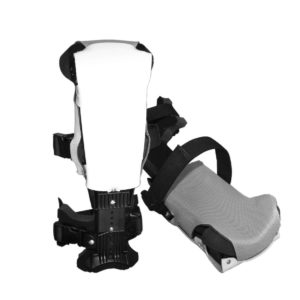From the 1960s and on into the 1990s certain carbonated drinks, including sodas, grew swiftly. Today, while this sector is decreasing, others are not. In the carbonated beverage category, smaller segments are exhibiting strong but steady growth. Of course, the breweries also rely on a carbonation system to continue their means of spreading good cheer.
Producing Carbonated Drinks
The presence of that specific mouth feel in specific beverages is the result of carbonation. Carbonation results when a carbonator or an entire beverage carbonation system, injects the drink mixture with the specific or ideal amount of carbon dioxide. This varies according to the specific type of beverage as well as the standards and expectations of the consumer. Carbonization can be accomplished inline or in a tank. In some instances, the carbon dioxide is not added until the beverage is poured into the bottle just before capping.
The lid of a bottle or other container ensures the fizzy-creating C02 remains in the beverage. This maintains the constant pressure required. It is also, why, when dropped or shaken, the beverage will spill out in a foam to cover the person, counter or floor. Heat can also have the same negative effect.
Growing Segments of the Carbonated Beverage Marketplace
While sodas remain popular, they no longer control the carbonated market as they have in the past. Producers and distributors are looking at newer and growing markets. They are catering to customers that are more aware of certain health issues. A carbonation system now works to produce more than sodas. It produces carbonated
* Iced teas
* Sports drinks
* Flavored waters
At the same time, companies are not neglecting their core markets and products.
Core Carbonated Beverage Markets
While the above sectors have begun to increase their market share, beverage companies still rely on their core carbonated drinks to ensure profitability and success in the marketplace. They carbonate a variety of what are now standard drinks for consumption by their consumers including:
* Beer: This is by far one of the more popular carbonated drinks. The levels always vary according to the brewer and the specific brew
* Sodas and other forms of pop: from decaffeinated to diet pops, the carbonated soda market remains a mainstay for many companies
* Sparkling wines: These carbonated drinks have a tendency to be seasonal in nature. Yet, they do remain popular for certain occasions and are an integral part of several celebratory events
These beverages are always in demand.
The Right Carbonation System
To maintain the right level of “fizziness” in a beverage, it is important to consider the various factors involved. A company has to look at the marketplace as well as the consumer’s preference for a level of carbonation. Only when the company is certain of the most effective approach, should it purchase a carbonation system – one capable of addressing present and future needs.








